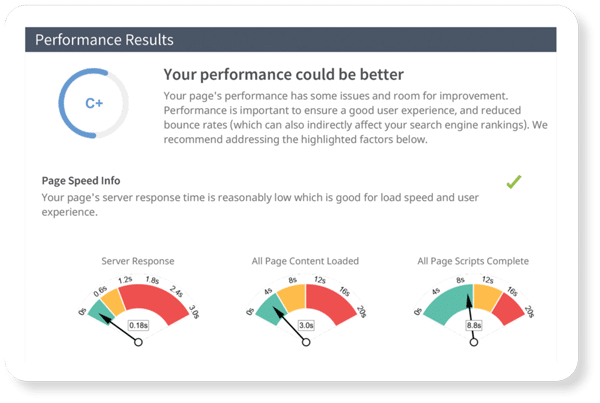
Google is at it again, announcing in May that it is changing its search engine results page (SERP) to favor the mobile experience. It also will be changing local business ads in some interesting ways that could affect your practice.
Local ads to appear on Google Maps
Google is integrating Google Maps into search and local ads. Of course, it already does this, but the integration will increase. In the new ads, brand logos (if available) and offers will appear directly on the surface of the map, rather than below or to the side of it. If you click on that logo it will jump to the mobile local inventory ad format.
They’re also planning on driving more traffic from Maps directly to the local business. They are experimenting with different formats, but a purple promotion pin will probably be adopted, along with a promotion that will accompany the pin and will display directly below the map. The pin will denote that the business on the map has a special offer.
They are also changing local business pages. Advertisers will be able to highlight an in-store promotion, and users can search local inventory at the store. That last part won’t be valuable for most practices, but the highlighted promotion could definitely be. How about “50% off Sculptra in July”?
Why the focus on Maps?
You may wonder why Google is so keen on using Maps more in its local ads. According to Google, it’s because over one billion people use Maps, and people visit 1.5 destinations directly from their Google searches. The company also said that “location-related searches” account for nearly a third of all mobile search and are growing at a much faster rate than overall mobile search.
Text ads will get bigger headlines
In a move you probably didn’t notice, a few months back Google eliminated the paid search ads on the right side in desktop search results. This was because the same look couldn’t be achieved on mobile and desktop searches due to the vast difference in screen sizes. Now both platforms will look the same.
Next up, text ads are due for some steroids. Advertisers will soon be able to have two 30-character headlines; that’s up from a single headline of just 25 characters formerly. Why? Google says it increases the click-thru rate up to 25%.
They also are adding five characters to the description line, making it a single 80-character description line rather than two 35-character description lines.
Responsive display ads
Finally, Google plans on making display ads responsive to the content of the websites they’re displayed on and the apps in the Google Display Network. All a business will have to do is provide Google with a URL, headline, description, and image and Google will create responsive display ads that fit different ad locations and sites.
There are other changes coming — Google and search in general are always evolving. As the owner of a practice, you could try and keep up with it all on your own, or you could trust MyAdvice to do it for you. After all, we usually know about this stuff long before it ever hits the media!
If you have questions about this or any other search issue, call your MyAdvice representative and ask away.

